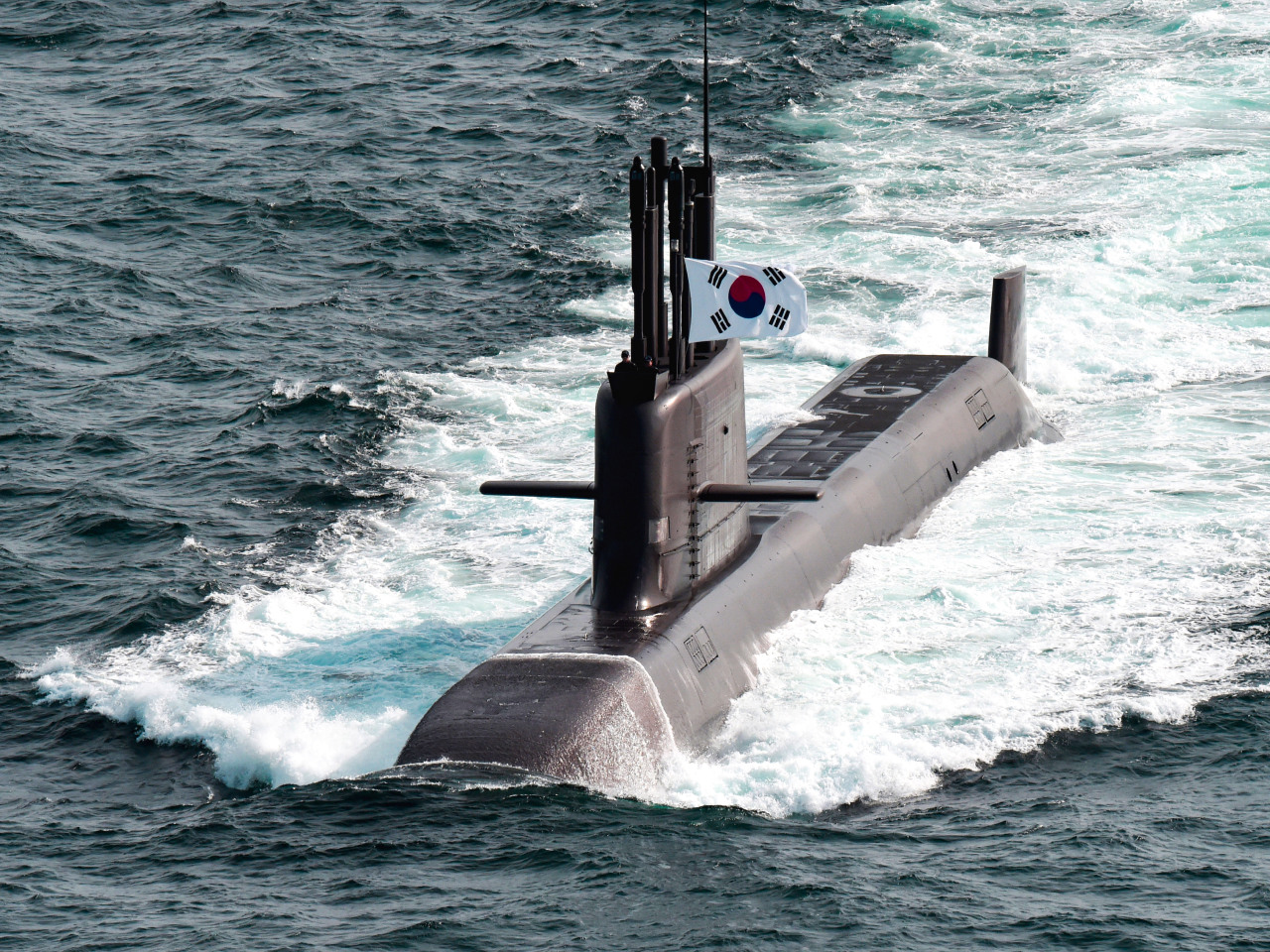South Korea’s Navy announced Friday that it will begin deploying women officers aboard submarines starting from 2024 after an eight-year comprehensive review.
The Navy gave the green light to the plan for integrating enlisted female sailors to submarine crews at a policy meeting held at the headquarters in the city of Gyeryong, South Chungcheong Province on Thursday, it announced the following day.
South Korea’s Navy plans to recruit three female submarine crew members in 2023 and deploy them on 3,000-ton submarines, including Dosan Ahn Changho-class (KSS-III) submarines, in 2024 after a year of training, The Korea Herald learned.
The assignment of enlisted female sailors to 3000-ton submarines will come 31 years after the South Korean Navy commissioned its first 1,200-ton Jang Bogo-class submarine in 1993. The navy’s permission also enables South Korean female military officers to serve in all combat capacities, except for some special operations missions.
South Korea’s Navy said the plan to integrate female sailors on submarines required a comprehensive review, including the number of female sailors that each submarine can accommodate and potential applicants as well as the career path of the sailors.
But most importantly, the deployment of the first Korean-built Dosan Ahn Changho-class submarine has enabled female officers to fill open billets on submarines. The 3,000-ton submarine -- which is capable of firing submarine-launched ballistic missiles -- was delivered to the Navy in August 2021.
South Korea’s Navy also plans to commission the 3,000-ton Shin Chae-ho and Ahn Mu submarines.
The Navy has become able to build female-friendly amenities and create conditions conducive for female sailors to carry out submarine duties due to the wider internal space of the 3,000-ton submarines compared to its 1,200 and 1,800-ton submarines.
Around 50 commissioned and noncommissioned women officers toured a 3,000-ton submarine and simulated serving aboard the submarine this May, according to the Navy.
The participants found that the working environment was satisfactory, but at the same time, they expected to face difficulties due to the relatively small living space on submarines in comparison to other vessels, the Navy said.
South Korea’s Navy also explained that the policy decision aims to “meet various demands for enhancing the role of women soldiers as the number of female military officers has gradually increased.”
Additionally, the plan will contribute to resolving the issue of manpower shortages caused by the military’s dwindling supply of soldiers, and provide more equal opportunities to competent and qualified women soldiers.
With the decision, South Korea has become the 14th country in the world that allows South Korean navy officers to serve aboard submarines, according to South Korea’s Navy.
According to the Global Firepower Index, 43 countries operate submarines.
The other 13 countries to allow women to serve on submarines as of this month are Argentina, Australia, Canada, Demark, France, Germany, Japan, Netherlands, Norway, Spain, Sweden, the United States and the United Kingdom.
Norway was the world’s first country to permit female enlisted sailors to serve aboard submarines in 1985. The US military lifted a ban on women serving on submarines in 2010 and began to assign enlisted female sailors to submarines in 2011.
(
dagyumji@heraldcorp.com)








![[Today’s K-pop] Blackpink’s Jennie, Lisa invited to Coachella as solo acts](http://res.heraldm.com/phpwas/restmb_idxmake.php?idx=644&simg=/content/image/2024/11/21/20241121050099_0.jpg)